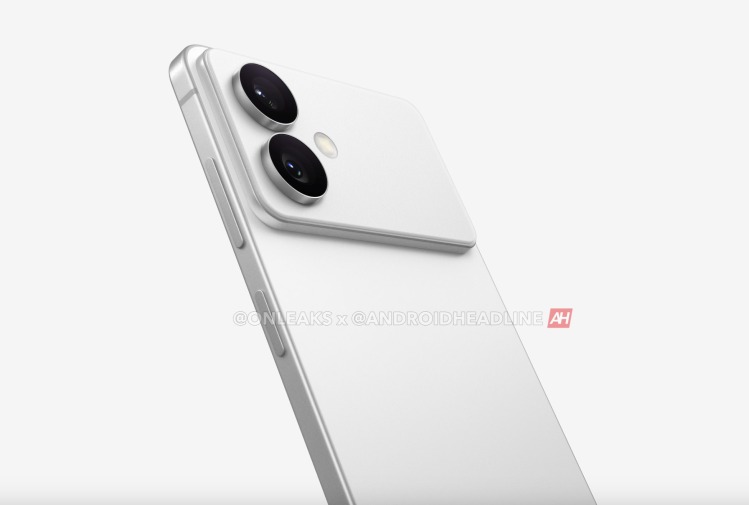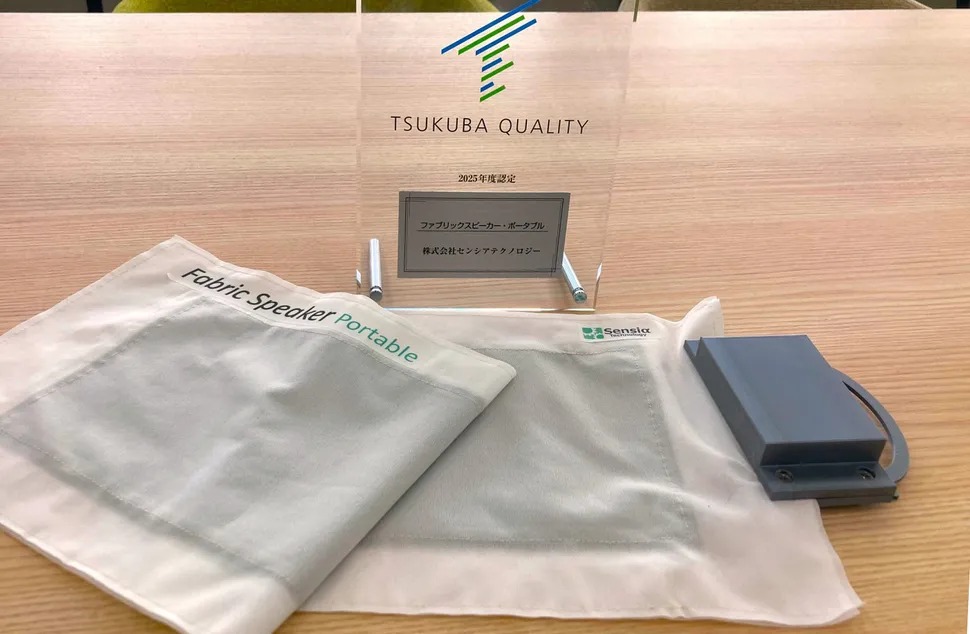Samsung reportedly canceled the Galaxy S26 Edge despite completing development, signaling a major shift in flagship strategy.
Samsung reportedly pulled the plug on its ultra-thin smartphone experiment, canceling the Galaxy S26 Edge in October 2025 despite finishing development. The abrupt reversal reportedly created disruption among Samsung employees, who watched their company abandon a completed product line after significant investment. This isn’t just another product pivot—it’s a major manufacturer admitting that chasing thinness over practicality was a costly mistake.
Numbers Don’t Lie
The S25 Edge shipped only 1.31 million units while its siblings dominated sales charts.
The Galaxy S25 Edge’s sales numbers reveal why Samsung hit the brakes. By August 2025, approximately three months after its May launch, the ultra-thin flagship had moved just 1.31 million units compared to the S25 Ultra’s commanding 12.18 million and the base S25’s solid 8.28 million. At $1,099 for the 256GB model, consumers essentially paid premium prices for a feature-stripped phone. No wireless charging, no telephoto camera, and a 3,900mAh battery—all sacrificed at the altar of achieving that 5.5mm profile.
Form Over Function Fails
Extreme thinness created durability concerns while gutting essential smartphone features.
The Edge’s obsession with slimness created the exact opposite of what flagship buyers want. That paper-thin chassis raised durability questions while forcing Samsung to cut corners on battery life and camera capabilities. The “paying more for less” perception that emerged from market feedback proved basically kryptonite for premium devices. Samsung’s reportedly reverting to its conventional three-tier structure (base, Plus, Ultra) for the January 2026 S26 launch, ending the Edge experiment.
Industry Reality Check
Apple’s iPhone Air faces similar struggles, suggesting ultra-thin flagships miss the mark entirely.
Samsung’s retreat mirrors broader market resistance to ultra-slim premium phones. Apple’s iPhone Air, the Edge’s direct rival, also encountered tepid demand according to analyst Ming-Chi Kuo, remaining readily available while other models sold out. Turns out mainstream buyers prioritize battery life, camera quality, and durability over bragging rights about phone thickness. The ultra-thin flagship feels like the smartphone industry’s equivalent of those impractical concept cars—impressive in theory, irrelevant in daily use.





























